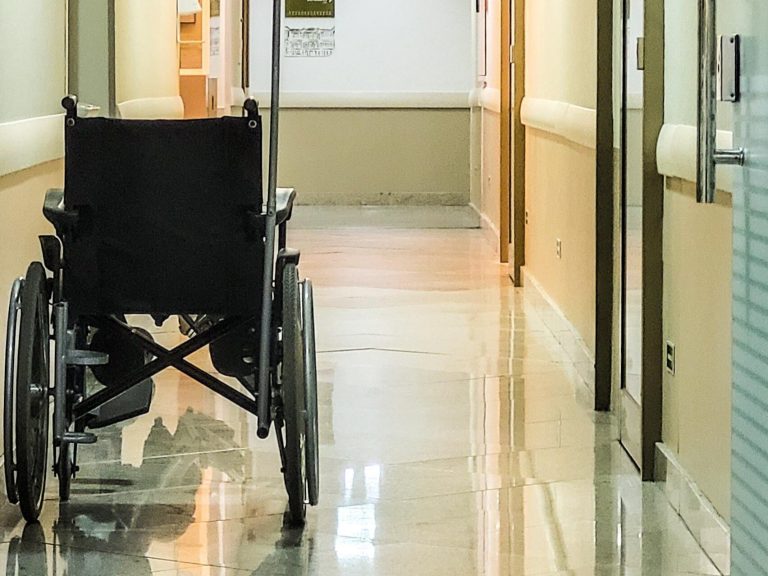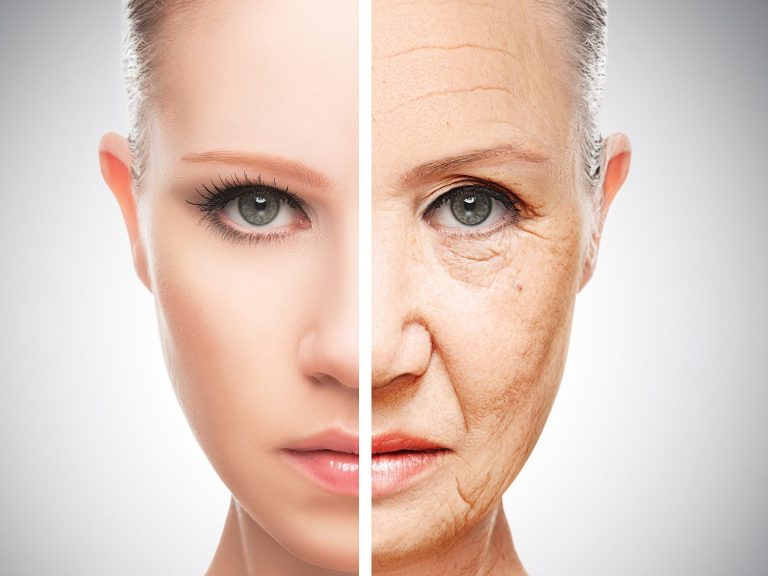Up to several million Poles may suffer from it. See how insulin resistance manifests itself

Insulin resistance is often called the invisible enemy. It is very easy to ignore it because it is accompanied by quite non-specific symptoms. But don't be fooled. Find out how to recognize insulin resistance.
Insulin resistance is the reduced sensitivity of tissues to the action of insulin, a hormone responsible, among other things, for regulating blood glucose levels. Statistics indicate that up to 20% of adult Poles may struggle with this disorder. Insulin resistance is not a separate disease entity. However, it should not be underestimated. It promotes the development of many serious diseases, such as type 2 diabetes.
How to recognize insulin resistance?
Insulin resistance causes many non-specific symptoms that are often not associated with metabolic disorders. Most people attribute it to overwork or stress. These include symptoms such as:
-
chronic fatigue,
-
mood swings,
-
irritability,
-
weight gain,
-
problems with memory and concentration,
-
attacks of “wolf hunger”
-
menstrual cycle disorders (in women).
Less known symptoms of insulin resistance
In the course of insulin resistance, other symptoms may also appear, such as hypertension, high cholesterol and triglyceride levels, as well as darkening (keratosis) of the skin, especially around the armpits, groin, neck and knees. Alarm signs that should prompt you to visit your family doctor include a decrease in libido, drowsiness after a meal, an increased feeling of cold, swelling visible on the face, acne or excessive body hair.
It is worth noting here that insulin resistance can affect anyone. The disorder does not only affect people who are overweight or obese. If you notice any disturbing symptoms, contact your general practitioner (family doctor), who will order additional tests or refer you to a specialist (endocrinologist or diabetologist).
One of the diagnostic methods that allow you to detect insulin resistance is: glucose load test, i.e. the so-called sugar curve. It involves testing the blood glucose concentration on an empty stomach and after drinking a glucose solution. This allows you to check how your body deals with metabolizing glucose.






